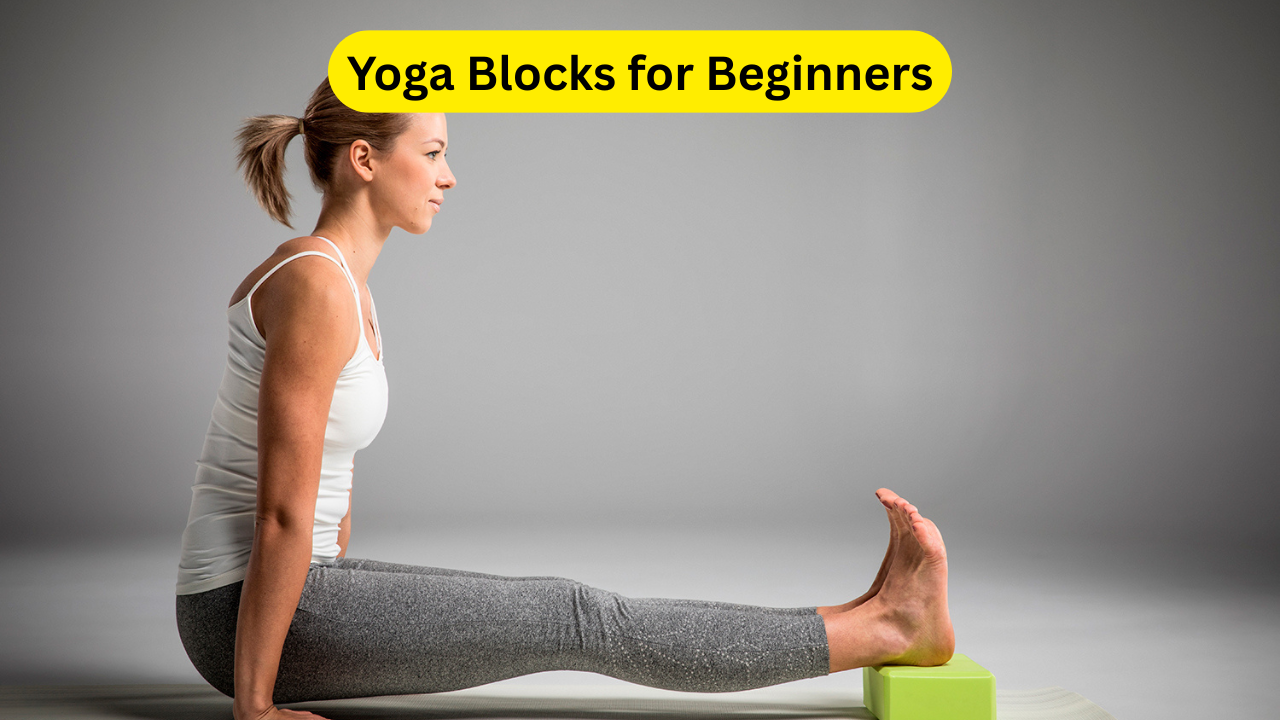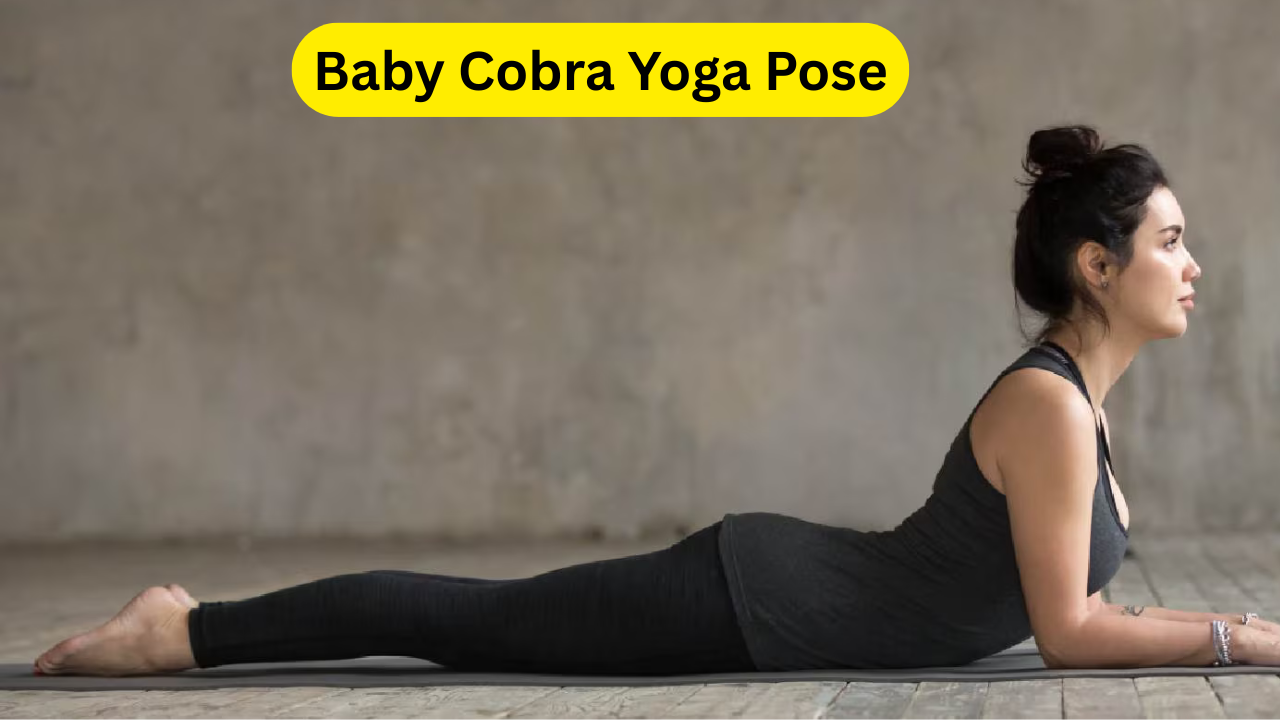Parshvakonasana: Parshvakonasana, also known as the Side Angle Pose, is a transformative yoga posture that offers a plethora of physical, mental, and emotional benefits. This standing yoga pose involves a side stretch while maintaining balance, and when practiced daily, it can significantly improve flexibility, strength, and overall well-being. Whether you’re a seasoned yoga practitioner or a beginner, Parshvakonasana is a must-try asana that helps to rejuvenate the body, mind, and spirit.
Incorporating this simple yet powerful pose into your daily yoga routine can lead to long-term benefits that will leave you feeling more flexible, energized, and stress-free. By combining strength-building and stretching elements, Parshvakonasana enhances muscle tone and promotes joint mobility, particularly in the hips and shoulders. The focus required for proper alignment also contributes to better concentration, mental clarity, and an improved mood.
When performed regularly, Parshvakonasana enhances the functioning of vital organs, boosts circulation, and aids digestion. Moreover, the physical benefits are complemented by mental and emotional advantages, helping you find balance in your everyday life. In this article, we’ll explore the top 7 benefits of doing Parshvakonasana every day, along with tips on how to practice it safely and effectively.
Click Here: Best Earbuds and Headphones for Workouts: and the Gym in 2025
1. Enhanced Flexibility and Strength
Parshvakonasana is a powerful yoga pose that stretches the entire body. It primarily targets the hips, groins, and spine, helping to increase flexibility in these areas. The side bend in this asana stretches the side body, expanding the ribcage and lengthening the spine. This helps to open the body and release tension, especially in areas that often accumulate tightness.
In addition to flexibility, the pose strengthens the legs, particularly the quadriceps, calves, and ankles. As you hold the pose, the muscles of the legs and core are engaged, building strength and stability. This engagement supports better posture, balance, and mobility, making Parshvakonasana an essential asana for building an overall strong body.
2. Improved Spinal Health
A healthy spine is essential for overall well-being, and Parshvakonasana plays a key role in maintaining spinal health. The lateral stretch of the torso creates space between the vertebrae, reducing compression and encouraging better spinal alignment. This is especially beneficial for those who suffer from poor posture due to long hours of sitting or standing.
By consistently practicing this pose, you can alleviate back pain and enhance spinal flexibility. The lateral stretch also helps counter the effects of daily activities, such as sitting at a desk or looking down at your phone, which often lead to rounded shoulders and a stiff back. Over time, Parshvakonasana helps to maintain a healthy spine, promoting good posture and reducing the risk of developing chronic spinal issues.
3. Better Breathing Capacity
Parshvakonasana provides a significant boost to your breathing capacity. The side bend in the pose opens the chest and ribcage, allowing for deeper breaths and better oxygen intake. As you hold the pose, the intercostal muscles (the muscles between the ribs) are strengthened, which leads to more efficient and effective breathing patterns.
According to Himalayan Siddhaa Akshar, a renowned yoga expert, this increased expansion of the ribcage improves lung capacity over time. Enhanced lung function supports overall respiratory health, reduces the risk of respiratory issues, and promotes relaxation. Practicing Parshvakonasana regularly can help you breathe more easily and deeply, contributing to a calmer and more centered state of mind.
4. Digestive System Support
One of the lesser-known benefits of Parshvakonasana is its positive impact on the digestive system. The side-bending movement gently compresses and releases the abdominal organs, helping to stimulate digestion. This action encourages the smooth flow of energy through the digestive system and can help relieve issues like constipation, bloating, and indigestion.
In addition, the increased circulation and enhanced lung capacity created by this pose help to improve metabolism and promote better nutrient absorption. By practicing Parshvakonasana regularly, you can support overall digestive health and maintain a more efficient metabolism.
5. Stress Relief and Mental Clarity
Parshvakonasana is not only beneficial for your physical body, but it also has profound effects on your mental well-being. The focus required to hold the pose and maintain proper alignment helps clear the mind of distractions, bringing a sense of mental clarity. As you breathe deeply during the pose, your body enters a state of relaxation, reducing stress and anxiety.
The deep breathing associated with Parshvakonasana triggers the parasympathetic nervous system, which promotes relaxation and calms the mind. The mental stillness created by the pose helps to release tension and encourages a more balanced emotional state. By incorporating Parshvakonasana into your daily routine, you can cultivate a sense of inner peace and tranquility.
6. Hip and Shoulder Mobility
Parshvakonasana is an excellent way to improve the mobility of both the hips and shoulders. The deep stretch in the hips helps to maintain flexibility and prevent stiffness, which is essential for long-term joint health. Regular practice of this pose can help reduce the risk of hip pain or limited mobility as you age.
The pose also opens up the shoulders and chest, which can counteract the effects of poor posture caused by prolonged sitting or repetitive movements. The shoulder stretch improves the range of motion and relieves tension in the upper body. This makes Parshvakonasana a perfect pose for those who experience tightness or discomfort in the shoulders and hips.
7. Energy Boost and Vitality
Parshvakonasana is a great way to boost your energy levels and vitality. By engaging in this dynamic pose, you stimulate blood circulation throughout the body, which helps to revitalize your energy. The stretch and strengthening elements of the pose improve overall body function, making you feel more alert and refreshed.
Practicing Parshvakonasana in the morning is particularly beneficial for providing an energy boost to start your day. The increased circulation and oxygen intake from deep breathing help to eliminate toxins from the body, leaving you feeling rejuvenated and ready to take on the day ahead.
Tips for Safe Practice

To maximize the benefits of Parshvakonasana, it’s important to maintain proper alignment during the pose. Begin by holding the pose for 30 seconds on each side and gradually increase the duration as your body becomes accustomed to the stretch. If you’re new to yoga, it’s a good idea to seek guidance from a certified instructor to ensure that you’re performing the pose correctly and avoiding potential injury.
Always warm up before attempting any challenging yoga poses, and listen to your body’s signals throughout your practice. Parshvakonasana is generally safe for most people, but those with recent injuries or chronic conditions should consult their healthcare provider before starting a new yoga routine.
Also Read: Hyundai Xcent 2025: A Stunning Revival of a Beloved Compact Sedan
Parshvakonasana Conclusion
Parshvakonasana, or Side Angle Pose, is a simple yet effective yoga pose that offers a wide range of benefits for the body and mind. From increasing flexibility and strength to improving spinal health, this pose works wonders for enhancing your overall well-being. Whether you’re looking to improve posture, boost energy, or relieve stress, Parshvakonasana can play a key role in your daily yoga practice.
By practicing this asana regularly, you can enjoy long-lasting physical and mental health improvements. The combination of strength-building, stretching, and deep breathing makes Parshvakonasana an essential component of any yoga routine. Moreover, its ability to promote better posture, digestion, and stress relief makes it an invaluable tool for managing the challenges of modern life.
If you’re looking to boost your flexibility, strength, and mental clarity, Parshvakonasana is a must-try pose. With consistent practice, you’ll experience the numerous benefits it has to offer. Whether you’re a beginner or a seasoned yogi, this simple yet powerful pose can help transform your health and wellness.
Start incorporating Parshvakonasana into your routine today and experience the positive changes it can bring to your body and mind. With time, patience, and dedication, you’ll unlock the full potential of this pose and achieve a more balanced, healthier lifestyle.
Parshvakonasana FAQs
1. How long should I hold Parshvakonasana for the best results? Ideally, you should hold Parshvakonasana for at least 30 seconds on each side, and as your flexibility and strength improve, you can gradually increase the duration. Aim for 1-2 minutes per side for optimal benefits.
2. Can Parshvakonasana help with back pain? Yes, Parshvakonasana is beneficial for improving spinal alignment and reducing back pain. The lateral stretch of the spine helps to alleviate compression between vertebrae and promotes better posture, which can relieve discomfort caused by poor posture or spinal misalignment.
3. Can beginners practice Parshvakonasana? Absolutely! Parshvakonasana is suitable for beginners, but it’s important to learn the proper alignment and technique to avoid injury. If you’re new to yoga, it’s advisable to practice under the guidance of a certified instructor to ensure you’re performing the pose correctly.
4. Is Parshvakonasana good for weight loss? While Parshvakonasana is not a high-intensity exercise, it can support weight loss by improving metabolism, stimulating digestion, and promoting better circulation. When combined with a balanced diet and other physical activities, it can contribute to overall weight management.
5. Can Parshvakonasana be done during pregnancy? Pregnant women should consult their healthcare provider before attempting any new physical activity. In general, Parshvakonasana can be adapted during pregnancy with modifications to avoid strain. It’s important to listen to your body and avoid overstretching or straining during practice.









